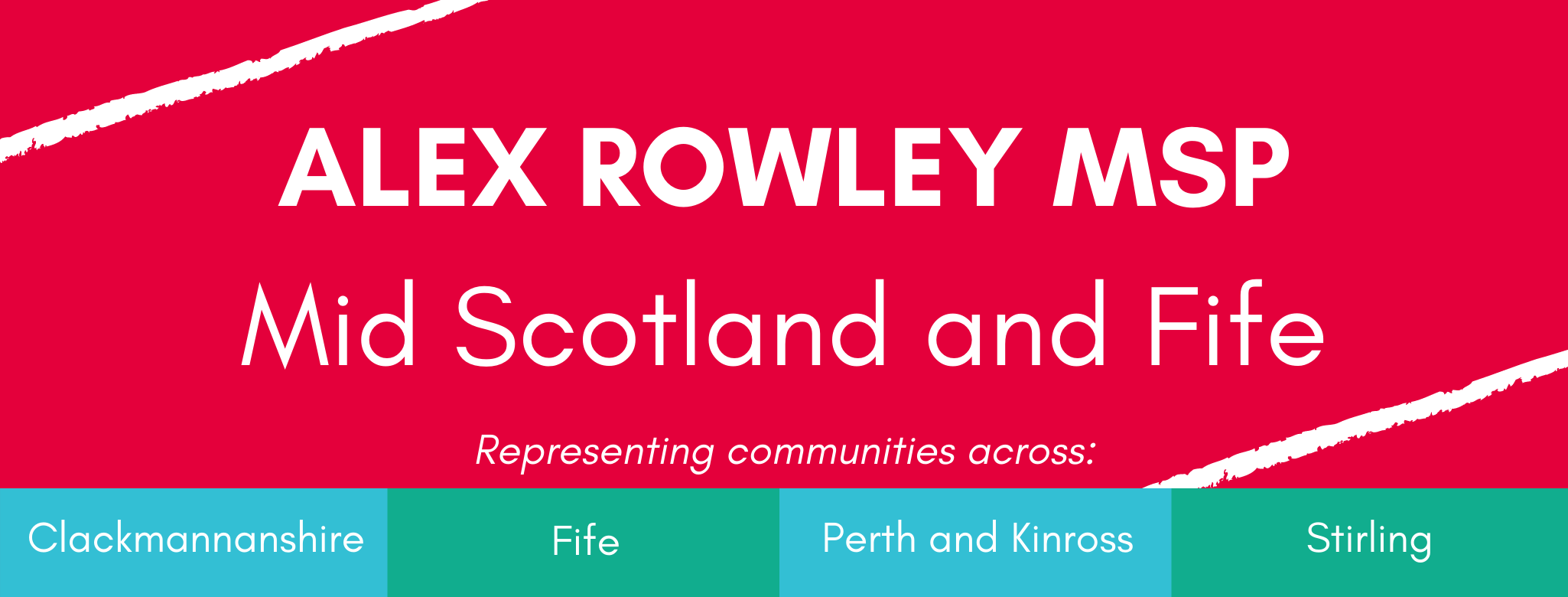
A review of the literature by Ruth Calman
The start of the school year is a busy time for Ontario principals, as they work with their teams to implement their school improvement plans. An effective school is most certainly the aim of these plans. But what does effectiveness really look like? And how does a school achieve it?
A recent research study conducted by EQAO confirms eight key factors that can provide a foundation to guide principals in their school-improvement efforts. The study is a literature review of major school effectiveness and improvement studies over the past 25 years and of the more than 200 success
stories EQAO has published over the past several years (Hargreaves & Fink, 2003; Ofsted, 2009; Reynolds and Teddlie, 2000; Sackney, 2007; Teddlie and Stringfield, 2007).
This article summarizes eight key factors that contribute to school effectiveness originally identified by Reynolds and Teddlie (2000) and Teddlie and Stringfield (2007) and confirmed by the current EQAO review. The full report will soon be available at www.eqao.com.
1. Strong and effective principal leadership
First and foremost, the literature suggests that strong and effective principal leadership has a profound influence on student achievement and is second in this regard only to classroom teaching. Such leadership involves firm and purposeful behaviour that “puts children first” and is based on a
strong belief in the capabilities of students and teachers. It also involves sharing leadership responsibilities and exhibiting instructional leadership by maintaining high visibility, actively supervising instruction, protecting instructional time and providing a supportive work environment. In addition, effective principals monitor staff performance, recruit talented staff and promote professional development in their schools.
2. Sustained focus on instruction and learning
A pervasive focus on instruction and learning is also central to school effectiveness, according to the research. Effective schools focus on academics by ensuring high curriculum coverage that offers rich learning opportunities for students, and they maximize learning time at both the school and classroom levels. Such schools also focus on the mastery of key learning skills and create blocks of time for literacy and mathematics.
3. Safe and positive school climate and culture
The literature suggests that establishing a school climate characterized by shared goals, safety and a positive student culture supports effectiveness. Creating a shared vision and a collaborative learning community and maintaining an orderly environment in which learning can take place lead to effectiveness.
Research has identified positive reinforcement as an important contributor to the development of positive student attitudes toward school and school staff. Reinforcement that is specific, varied, timely and consistently applied has been found to be most effective.
4. High expectations for all students and staff
The literature consistently points to the importance of setting high and appropriate expectations for both students and school staff. In the case of students, these include expectations for both achievement and behaviour, which should be clearly communicated to students and parents. Where staff are concerned, these include expectations for participation in professional development, time management, prioritizing academic achievement and monitoring student work and achievement.
5. Effective use of student achievement data
The literature identifies the effective use of data at both the school and classroom levels as contributing to school effectiveness. This use includes rigorous, regular monitoring of student progress in order to provide both differentiated learning experiences and appropriate support to meet the needs of students. In effective schools, staff members have access to both outcome and process data, and these are used to evaluate whether or not school goals are being achieved. When data are being used effectively, both student- and school-level decisions are grounded in analysis.
6. Teaching practice
The literature suggests that a variety of teaching practices correlate with effective schools. These practices include maximizing the use of class time, preparing lessons in advance that provide for different student needs, communicating clearly with students about the purpose of lessons and what the students are to do and working with manageable curriculum units. Effective schools also provide a balanced, relevant and stimulating curriculum that is shaped and presented to match students’ needs, and set high standards for teaching.
7. Productive parent involvement
The literature points to the importance of involving parents productively. Effective schools engage parents in activities that offer the greatest impact on student achievement, such as becoming involved in their children’s school work. Other useful approaches to involving parents include an “open door” school policy, parent assistance in the classroom and on field trips, and the mutual sharing of student progress information with parents.
8. Building staff skills
School effectiveness is strongly correlated with the provision of highquality on-site staff development. Practical professional development opportunities closely synchronized with school-development priorities, and collaborative learning communities that take shared responsibility for student outcomes are key.
For more information
These highlights are a useful starting point for examining current practice and developing school improvement plans. To access the full reference list and the full literature review, as well as other useful research, visit www.eqao.com. 8 Key Factors of School Effectiveness By Ruth Calman, Research Consultant Ruth Calman is a research consultant and former EQAO Director of Data and Support Services. She has worked extensively with various Toronto area boards of education.
Research commissioned by the Education Quality and Accountability Office. Permission to reprint this article was received from the Ontario Principals’ Council. A longer version of the original article appeared in The OPC Register, Vol. 12 No. 3





